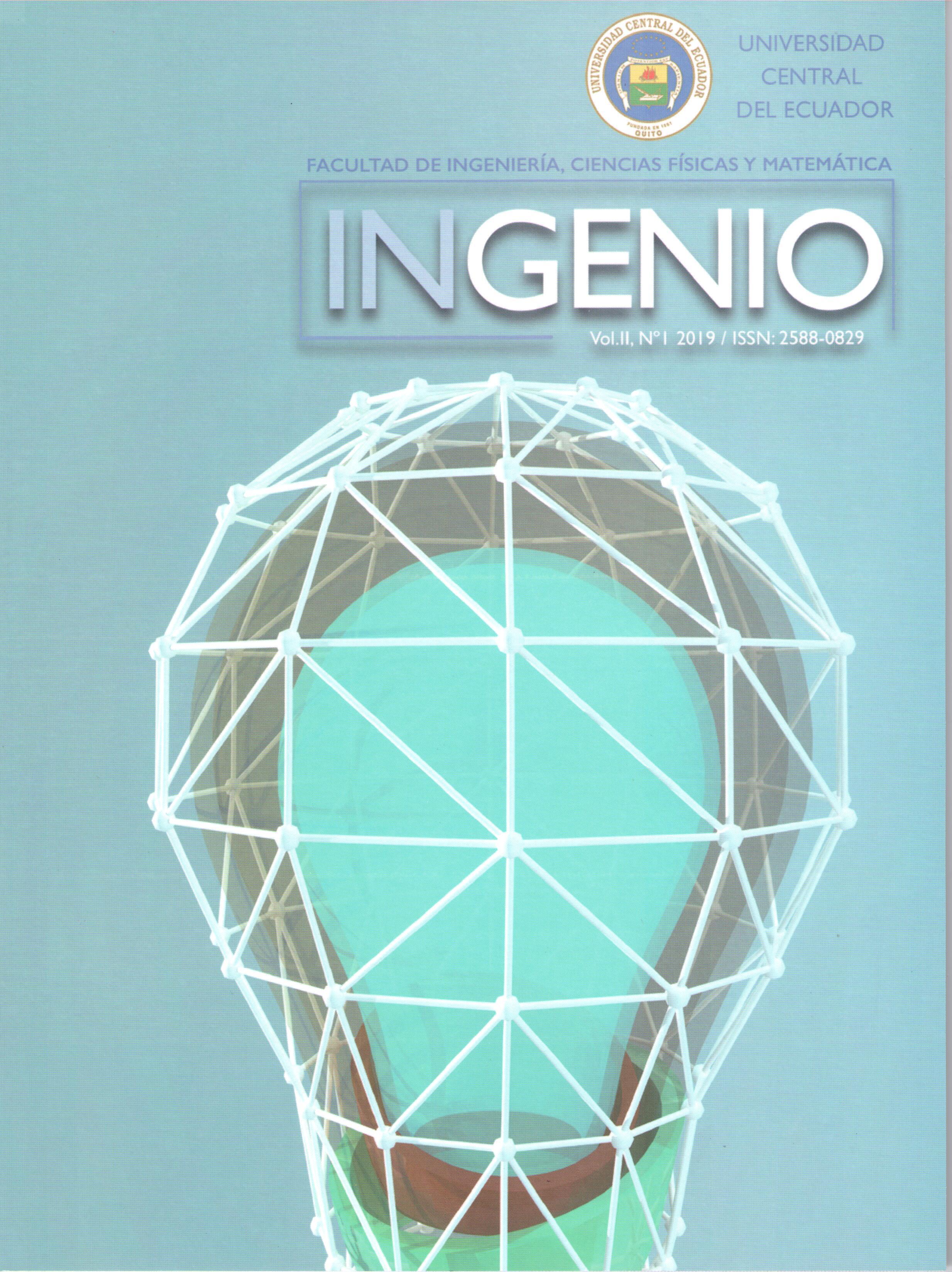Cost competitiveness: Post-tensioned slabs
Main Article Content
Abstract
A comparison between two models of buildings with the same architectural characteristics is presented to evaluate the economic advantages which are obtained by using a system of postensioned slabs, under all provisions and requirements that are established in the different codes and construction standards (ACI 318-14, NEC 2015 & PTI). The building to be compared is composed as a dual system of special moment frame in combination with special structural walls that together conforms the lateral force resistant system.
Also, the economic comparison was made for insulated reinforced concrete slabs and a typical plant with different spans showing graphically through curves and bars the savings in material quantities that can be achieved through the use of the post-tensioned system, thus showing an efficient and economical alternative for its application in the construction industry.
Downloads
Metrics
Article Details

This work is licensed under a Creative Commons Attribution-NonCommercial-NoDerivatives 4.0 International License.
References
AALAMI, B. (2014). Post-Tensioned Buildings, Design and Construction (International ed.). USA: PT-Structures.
LIN T.Y, B. N. (2010). DESIGN OF PRESTRESSED CONCRETE STRUCTURES (3rd ed.). USA: Wiley India.
NILSON Arthur, D. D. (2010). DESIGN of CONCRETE STRUCTURES (14th ed.). New York: McGraw Hill.
MOEHLE, J. (2014). Seismic Desing of Reinforced Concrete Buildings. USA: Mc Graw Hill.
NAWY, E. (2009). Prestressed concrete (5th ed.). New Jersey, Estados Unidos: PEARSON.
FIB. (2005). Post - tensioning in buildings. Stuttgart: Sprint - Digital - Druck.
PTI. (2006). Post-Tensioning Manual. Phoenix: PTI.
Gamble, P. (2000). Losas de concreto reforzado. USA.
Park R, G. W. (1990). Losas de concreto reforzado. USA.
ASCE, 7.-1. (2017). Minimum Design Loads and Associated Criteria for Buildings and Other Structures. USA.
NEC. (2015). Diseño Sismo Resistente. Norma Ecuatoriana de la Construcción, 139.





